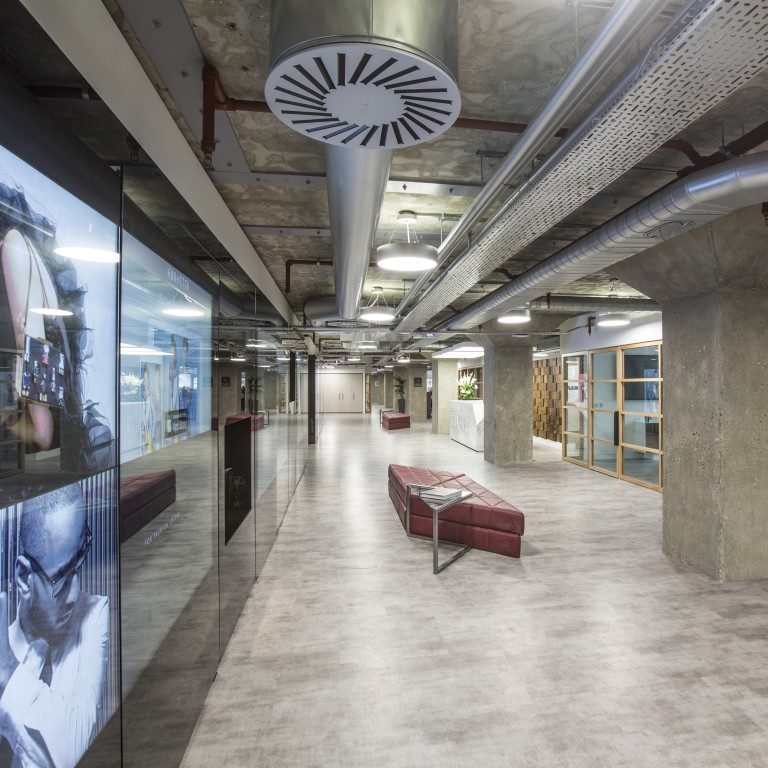Fashion e-commerce site Farfetch raises US$110m led by new investors Temasek, IDG Capital Partners and Eurazeo

Vivian Chen chats with José Neves, the founder and CEO of Farfetch about what the new investment means and the future of luxury e-commerce.
Founded in 2008 by Portuguese entrepreneur José Neves, e-commerce site Farfetch is a rare fashion unicorn to have joined the billion dollar club. The London-based online retailer just announced that it has closed a Series F round of investment, securing US$110 million led by new investors from the APAC region – Singapore-based Temasek and IDG Capital Partners (one of the first foreign venture capital firms to enter the Chinese market) – as well as Eurazeo.
The site now brings together over 400 of the world’s independent boutiques and global brands from more than 37 countries. Its new arm Black and White, set up last year, aims to support mono-brand online platforms. The department has recently partnered with luxury shoemaker Manolo Blahnik to launch the footwear label’s first e-commerce site.
Vivian Chen had an exclusive chat with José Neves, the Founder and CEO of Farfetch about what the new investment means and the future of luxury e-commerce.
(JN: José Neves )
Can you tell us how the new investment will be used?
JN: Firstly, the new investment will be used to continue the expansion of the company’s proprietary technology platform. We have developed since 2008 a proprietary platform that connects physical stores – be it boutiques or mono-brand flagships – to our digital platform so customers around the world can shop from the most beautiful stores in the world.
The investment will also help us to establish Farfetch as a leading omni-channel platform for both boutiques and brands globally, further developing the offering for the global fashion industry.
We will also expand [to include] new services and markets. For example, we have launched a mono-brand white label business called Farfetch Black & White with ManoloBlahnik.com as our first customer. We have also focused on expanding internationally including opening offices in Shanghai and Hong Kong.
The investment will consolidate our leadership position in China, Farfetch’s second largest market, Japan and other APAC countries.
It will support the growth of our platform and the new services we are planning to develop from its foundation.
Which countries have been the fastest growing markets for Farfetch so far?
JN: We have invested considerably since 2014 and are now the only full price luxury site in nine languages with 10 offices around the world. We have seen triple- digit growth in all these new key e-commerce markets, [including] China, Japan, Korea and the rest of APAC. Asia as a continent now constitutes 26 per cent of our sales.
What do you think are the keys to Farfetch’s successful business model?
JN: The key is to provide the fashion lover with an unrivalled journey around the world of fashion. Take your phone from your pocket, open the Farfetch app and you can shop in Paris, Milan, New York, L.A., Tokyo and more. We have impeccable service, fast shipment [average is 3.7 days door-to-door to China] with duties included, customer service in your language, and free and easy returns.
What have been the biggest challenges launching in burgeoning markets such as China?
JN: Any very large market will have very specific needs, which are not easily visible to European businesses, and this is why it is so important to have local teams that are as empowered as possible, while still building a single global brand. There are many hurdles but building a great local team and making sure that team works closely with the central team is the key. Once that’s right, success follows.
How do you think luxury e-commerce will be influenced by the “see-now-buy-now” trend in fashion?
JN: In [our case], it is actually perfect, as we can pick up from 37 countries, from shops, studios or even backstage from catwalks, and deliver anywhere around the world. So we can in fact power the “see-now-buy-now” model for any label. I personally do not have a conclusion on whether the model will work for all labels, bu tit will work for some. And if it does, we’re here to support those labels.
Can you tell us your vision for Black & White? Why launch it and what’s its long-term significance?
JN: In our talks with luxury brands it was clear that they want three things. They know they need to be online. They know they need to be online in multi-brand platforms because that’s where the majority of the luxury customer shop. But they also need their mono-brand presence. We now have completed our offer being able to give brands access to both a multi-brand (Farfetch) and a mono-brand platform (Black & White).
With additional funding, will Farfetch venture into further acquisitions?
JN: We are not a business which grows by acquisitions. About 95 per cent of our growth has been organic and it is likely to remain so.
Do you see Farfetch launching an IPO any time soon?
JN: IPO is a natural progression for a company such as Farfetch, but we are not looking at this right now. The important thing to focus on is the next step.